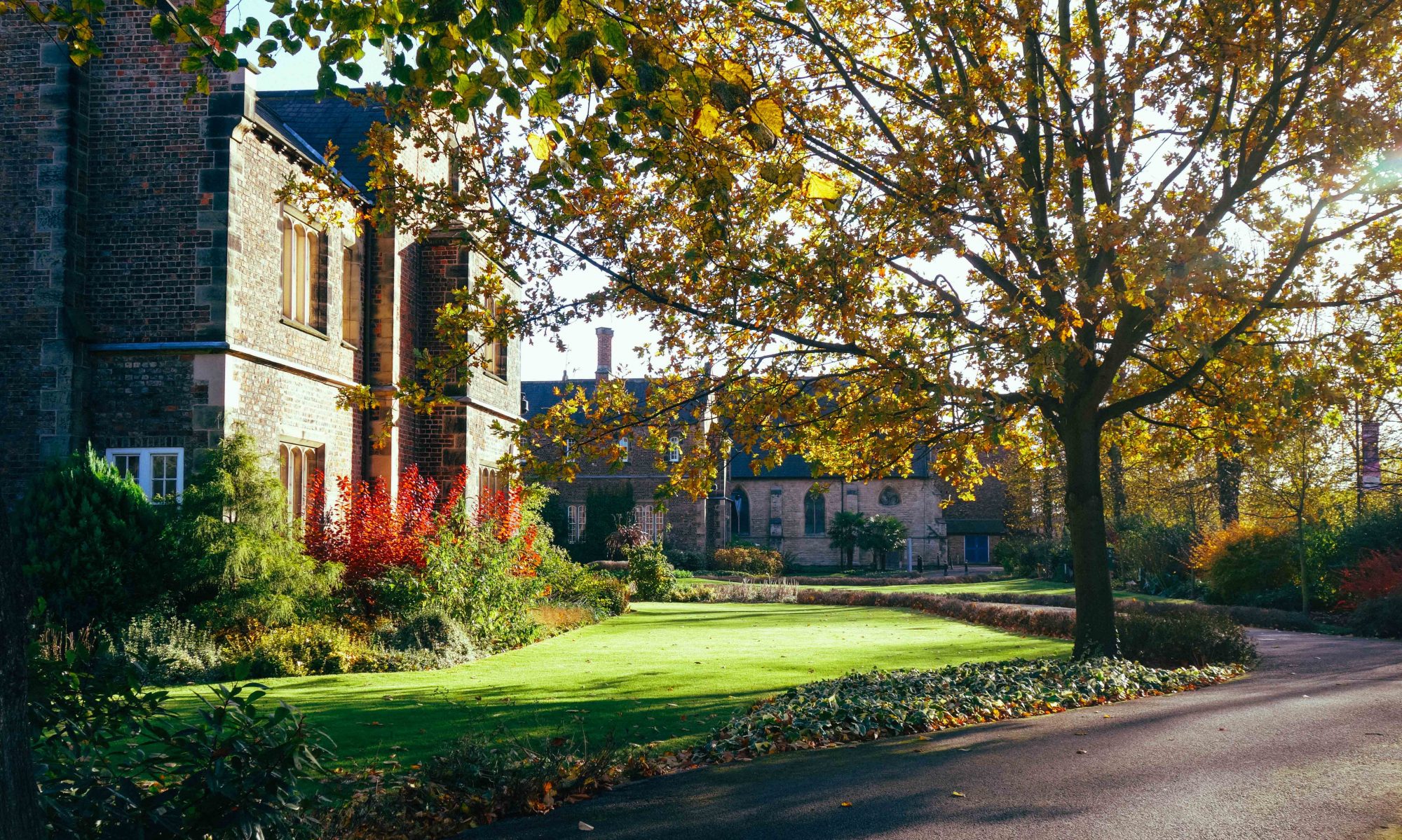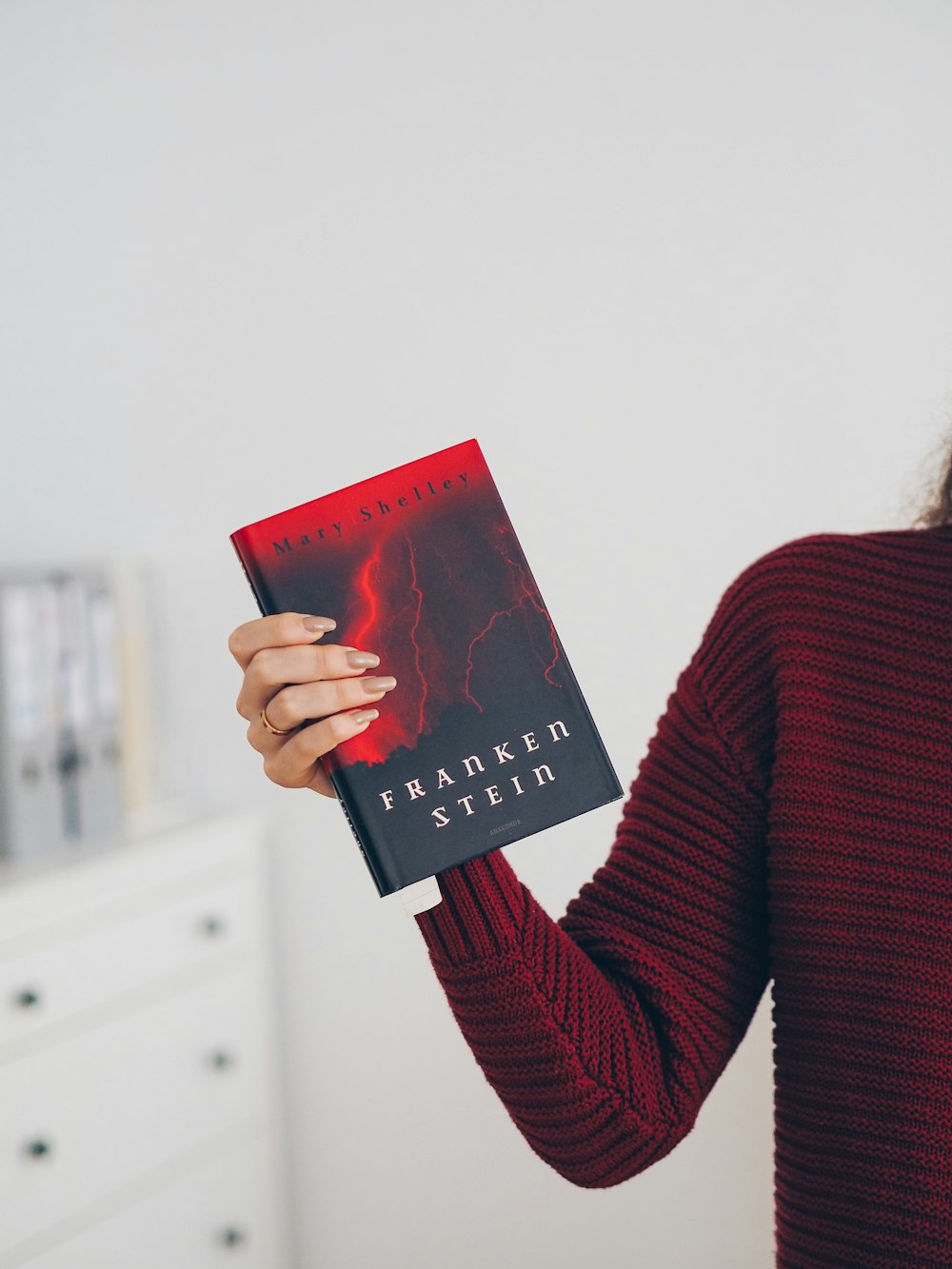
“To she, or not to she?” Spanish ERASMUS exchange student Roger Tomas Arques recently took our Shakespeare Perspectives module. For Pride Season 2023, he looks at the connections between Shakespeare’s theatre and Ru Paul’s Drag Race.
Recently, I was watching RuPaul’s Drag Race: All Stars 8’s new episode as I do every Friday and then I thought something. Did you know that when watching RuPaul’s Drag Race you are seeing a Shakespearean thing?

“Drag may trace its roots to the age of William Shakespeare, when female roles were performed by men”. In Shakespeare’s times, women were not allowed to be on stage, so men were playing women’s roles. During those days acting was not considered a very refined work, so if a woman acted, she would be considered a sex worker. As Shakespeare’s contemporary said, “Our Players are not as the players beyond sea, a sort of squirting baudie Comedians.” (Thomas Nashe) However, it was not just a costumes thing. The writer had to find men that could perfectly represent a woman with their gestures, movements, and so on.
Now drag has changed and everyone can do it. Continue reading “#PRIDE2023: SHAKESPEARE? MORE LIKE SHAKESQUEER! RuPaul’s Drag Race by Roger Tomas Arques”





















 I am currently conducting research for my dissertation project which aims to explore representations of the mind and soul within texts written during the long eighteenth-century.
I am currently conducting research for my dissertation project which aims to explore representations of the mind and soul within texts written during the long eighteenth-century. 